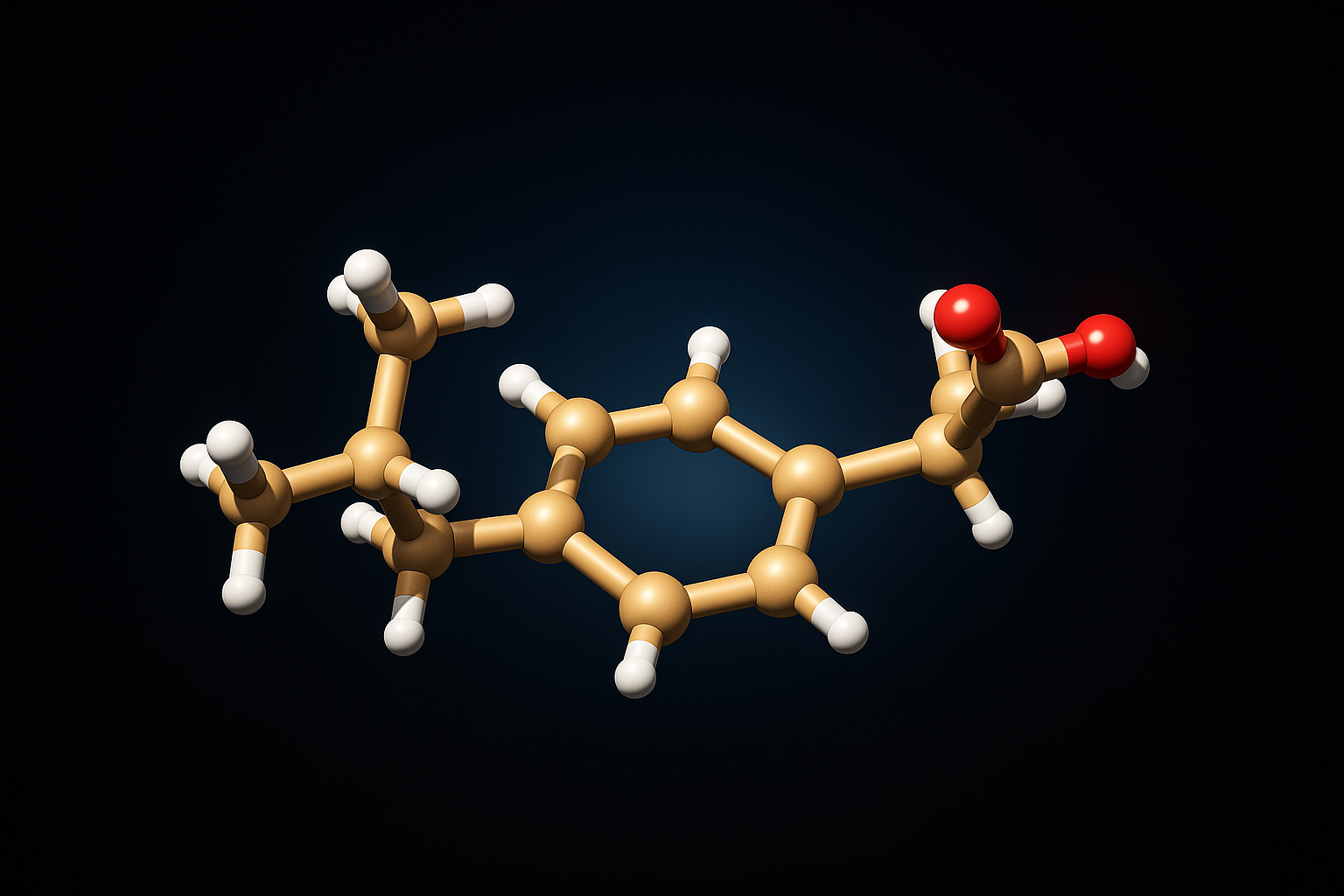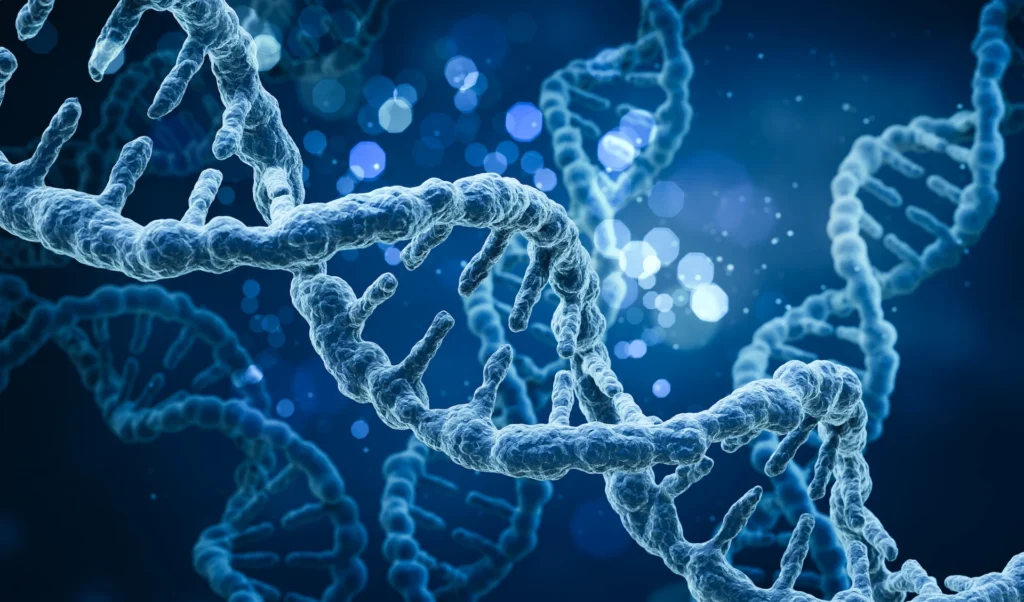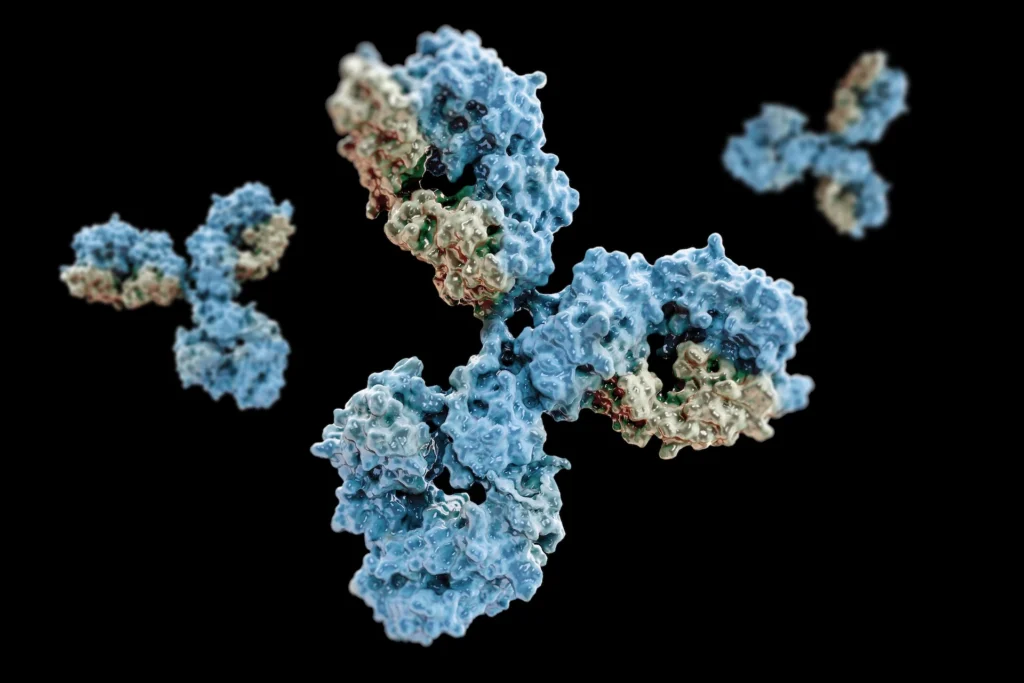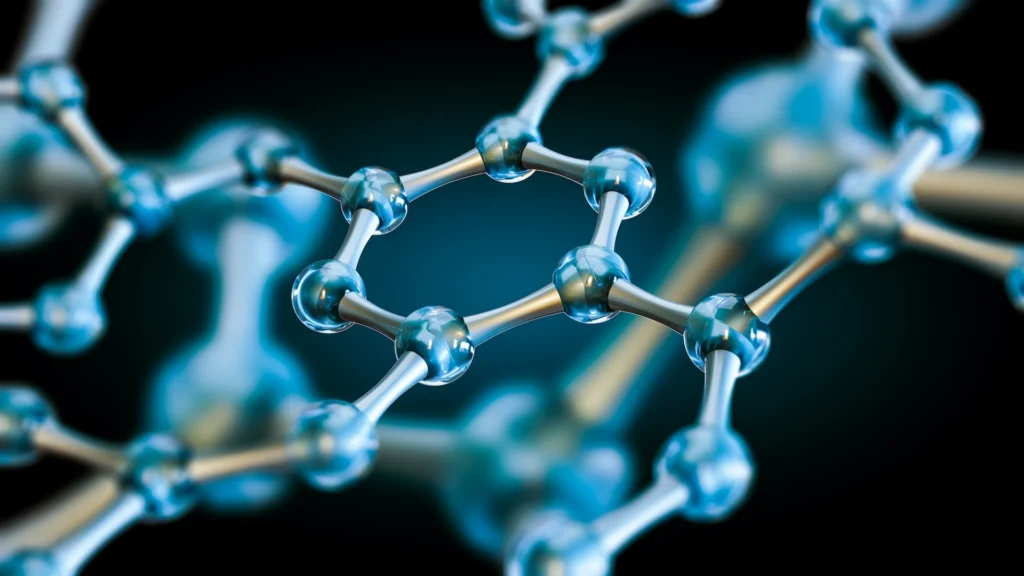We performed atomistic simulations to examine how the small molecules homotaurine and scyllo-inositol affect Aβ42 (highly related to Alzheimer’s disease). Both compounds bind nonspecifically to the Aβ42 monomer and induce a more collapsed conformation, especially at the C-terminus, which reduces backbone H-bond formation. This conformational shift is predicted to impede Aβ aggregation, offering design cues for future inhibitors.
Background
Alzheimer’s disease is a major global health burden, with amyloid-β (Aβ42) central to plaque formation and neurotoxicity. Stopping Aβ42 aggregation is crucial, but the molecular inhibition mechanisms remain poorly mapped because early states are transient and heterogeneous.
- What we know: Aβ42 aggregates via oligomers → fibrils; ligands can modulate these pathways.
- What’s unclear: Atomistic binding modes, ligand-induced conformational changes, and effects on nucleation/oligomer routing.
- Why current tools fall short: Conventional assays give static snapshots, missing sub-µs dynamics and ensemble heterogeneity.
- What’s needed: Approaches that resolve structure + dynamics at atomistic resolution and connect them to macroscopic aggregation/toxicity readouts.
Challenge
To move beyond trial-and-error inhibitor discovery, researchers needed atomistic clarity on three fronts:
- Monomer–ligand interactions at atomic detail
- Map where and how small molecules contact Aβ42 monomers (hydrophobic patches, aromatic hotspots, salt-bridge regions), and quantify contact lifetimes and energetics along the peptide.
- Binding mode: specific vs. nonspecific
- Determine whether ligands occupy well-defined sites with reproducible poses, or diffusely sample the surfacethrough transient, multivalent contacts—each implying different strategies for optimization.
- Folding and pathway consequences
- Establish how ligand engagement reshapes Aβ42 conformational ensembles (collapse/expansion, β-structure propensity at the C-terminus) and reroutes aggregation (nucleation delay, oligomer diversion, off-pathway trapping).
Without high-resolution, time-resolved views of these dynamics, drug design remains guesswork—screening compounds by bulk readouts rather than mechanism-informed structure–activity relationships.
Approach
The study used all-atom molecular dynamics (MD) to interrogate two anti-aggregation candidates—homotaurine and scyllo-inositol—interacting with Aβ42 in explicit solvent/ions. Multiple replicas and long trajectories sampled the peptide–ligand ensemble and its fast conformational switches.
Through these simulations, the team could:
Follow ensemble shifts in Aβ42
Quantify changes in radius of gyration (Rg), solvent-accessible surface area (SASA), and secondary-structure propensities, revealing inhibitor-induced monomer compaction and altered β-structure likelihood.
Localize where structure changes occur
Map residue-level effects, with emphasis on the C-terminal hydrophobic segment (residues ~30–42) that seeds aggregation—tracking backbone dihedrals, β-strand contacts, and exposure of aggregation-prone patches.
Characterize binding as largely nonspecific
Measure transient, multivalent contacts (electrostatic and hydrophobic) rather than a single lock-and-key site; compute contact lifetimes and residence times to define a diffuse binding mode.
Assess impacts on hydrogen bonding and folding stability
Monitor intramolecular backbone H-bond networks and turn/β-hairpin motifs; show how ligand engagement reduces stabilizing H-bonds, discouraging conformations that favor nucleation.
Build mechanism-level metrics
Use time-correlation functions, contact maps, and clustering/Markov-state analysis to link ligand contact patterns → conformational collapse → lowered aggregation propensity, providing actionable hypotheses for inhibitor optimization.
Key Findings
- Nonspecific binding drives inhibition
- Homotaurine and scyllo-inositol engage Aβ42 through diffuse, transient contacts across the peptide surface rather than a single lock-and-key pocket—consistent with a multivalent, ensemble-shifting mechanism.
- Ligand-induced compaction
- Ligand engagement shifts the monomer toward more collapsed conformations (lower Rg/SASA), suppressing extended, β-prone states that feed early nucleation.
- C-terminus remodeling
- The C-terminal hydrophobic segment (≈30–42) undergoes conformational reorganization that weakens intramolecular backbone H-bonding and β-hairpin tendencies, thereby lowering aggregation propensity.
Impact
For Alzheimer’s research
Molecular simulations uncover a step-by-step mechanism showing how homotaurine and scyllo-inositol reshape Aβ42’s conformational ensemble—compacting the monomer and disrupting C-terminal H-bonding. This mechanistic clarity pinpoints when and where to intervene along the aggregation pathway.
For drug design
The results emphasize that nonspecific, multivalent contacts can be therapeutically useful: ligands don’t need a single deep pocket to work. Designing molecules that bias the folding landscape toward less aggregation-prone states becomes a practical strategy (e.g., polyfunctional scaffolds, surface-covering chemotypes).
For simulation advocacy
This study shows how atomistic, time-resolved modeling reveals dynamics and binding modes that bulk assays miss, turning qualitative hypotheses into quantitative, testable predictions. Simulations thus complement experiments as a co-equal engine for mechanism discovery and lead optimization.
Why It Matters
Molecular simulation isn’t just supportive—it’s a transformative engine for discovery. By revealing, at atomistic resolution, how small molecules reshape Aβ42 conformations (e.g., compacting the monomer and weakening C-terminal H-bonding), simulations convert hidden dynamics into actionable design knobs—before costly synthesis and assays.
- From mechanism to metrics: Quantifies compaction, contact lifetimes, and β-propensity to guide structure–activity relationships.
- Faster, cheaper triage: Prioritizes chemotypes that bias folding away from aggregation, reducing trial-and-error screening.
- De-risked translation: Generates testable hypotheses about when/where to intervene, accelerating the path to Alzheimer’s therapies.
👉 Takeaway: This case study illustrates the power of molecular simulation to decode disease mechanisms and inform drug development—turning invisible molecular events into actionable biomedical strategies.
Reference
Modulation of Amyloid-β42 Conformation by Small Molecules Through Nonspecific Binding.
Chungwen Liang, Sergey N. Savinov, Jasna Fejzo, Stephen J. Eyles, and Jianhan Chen. J. Chem. Theory Comput. 15:5169–5174 (2019)




